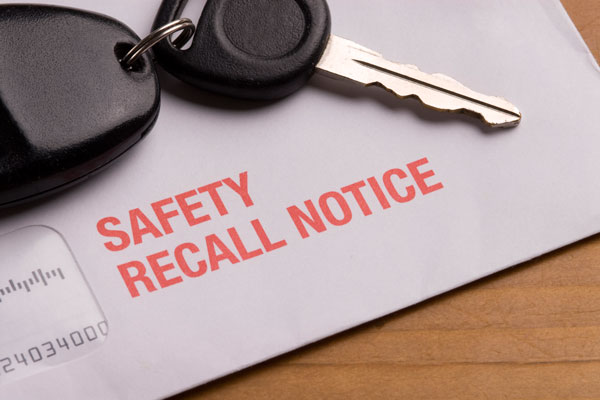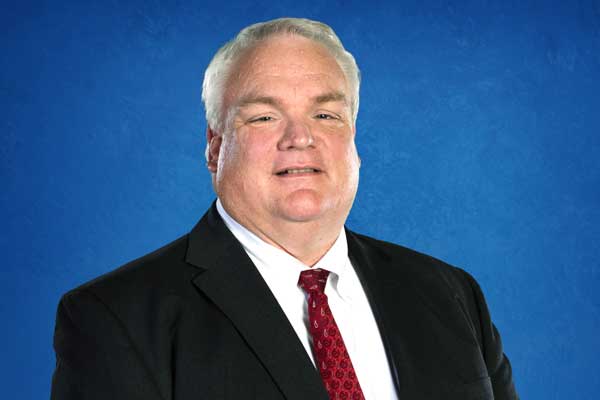Addressing the Neglected Recall Process

Article Highlights:
- 29.3 million vehicles were affected by recalls in the U.S. in 2020.
- Recall data management helps identify and contact affected consumers.
There’s a lingering issue that has yet to be fully addressed in the automotive industry. A recent Automotive News article discussed the details of the billion dollar General Motors recall of the Chevrolet Bolt. The article talks about issues with recall procedures and offers suggestions on how to update them. In 2020, the industry saw 29.3 million vehicles in the U.S. affected by 278 recall notices mandated by the National Highway Traffic Safety Administration (NHTSA). On top of the other external pressures affecting the automotive world, how should the industry address these tremendous recall problems?
Problems with the Recall Process
To answer this question, we first need to look at the recall process as it stands today. The main problem is actually due to technological advancements within the industry. Consumers expect their vehicles to come equipped with cutting edge features and technology that require complex software to function. With these growing expectations, OEMs are tasked with delivering new innovations almost through trial and error.
According to Automotive News, the first suggestion for fixing the recall process is to implement more regulation of vehicle information at a federal level. This would likely come in the form of a nationwide database to track vehicle registration information, allowing OEMs to identify and contact owners of recalled vehicles over multiple states faster. In addition, the Senate has recently introduced the Used Car Safety Recall Act, which, if passed, would mandate the repair of defective used vehicles before they are sold to consumers. These changes at the federal level would offer more oversight of and action on recalls across the board.
The next suggestion is more focused on the recall procedure itself. With the procedure we see today, recalls are more or less treated equally, even though we all know some recalls garner more immediate attention than others. Recall announcements should notify dealers and consumers if the recall on their vehicle is high priority and requires immediate attention. Having this information quickly accessible helps every party involved – the OEM, dealer, and consumer.
How do you handle recall problems as a dealer?
Even though recall repair costs are covered by the OEM, there are still underlying expenses that affect your business. You have to delegate recall work to service technicians, taking away other potential work that would bring customer pay profit to your store. On top of that, recalls in the used vehicle space get even more complicated and time consuming because the vehicles are older models and may be off-make.
Considering costs to your business on top of potential new regulations and procedures, is your dealership prepared to handle every recall? Do you have a fast and efficient way to check for recalls on both new and used vehicles?
The key is access to information. You need a tool that allows you to keep up-to-date with the National Highway Transportation Safety Association-mandated recalls as well as voluntary recalls from the OEM. The tool should provide insight on the severity of the recall and if the parts needed are available. With this information, your dealership will be able to automatically find recall data for vehicles in your inventory, see which recalls lead to profitable transactions, and proactively locate and contact consumers that may be affected by a recall.
Now more than ever, it’s important to have the ability to assess and monitor your inventory and ensure the safety of your consumers. Having access to a comprehensive database of recall information puts you in a position to handle every vehicle on your lot and every vehicle your customers own.
Related Articles:

Do you have the support it takes to win?
Your dealership’s support should strengthen your team and help operations reach peak performance.

The Future is Here, and It’s Powered by AI
The world changed forever in 1983. Most people weren’t ready for the internet revolution. In 2025, we’re on the brink of another technological revolution.

NADA 2025: Working in a Winter Wonderland
This year's show proved that the auto industry can handle anything. If you couldn't make it, find out what happened in the Reynolds booth.

NADA… the Catalyst for 2025: What’s Ahead for Reynolds
With the NADA show now behind us, take a peek at where Reynolds is headed this year.















